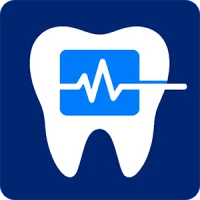
Dental Blog
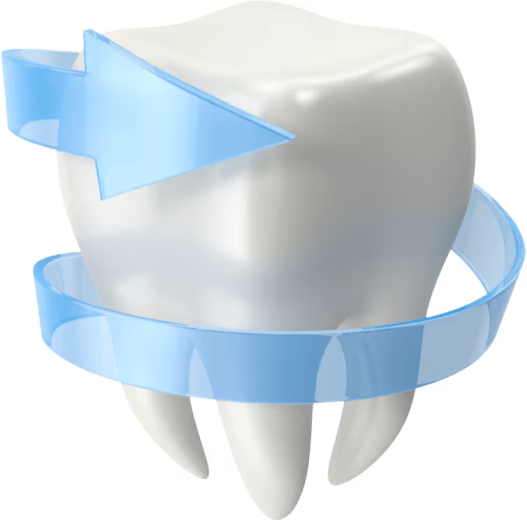

Resources for Dentists
Dive deep into helpful guides and in-depth information about:

Your Resource for Dentistry Insights
Sedation dentistry is evolving. Regulations change, compliance requirements grow, and practices need tools to stay ahead. The Sedate Dentistry Blog is here to help you learn, adapt, and succeed with resources built for dentists, oral surgeons, and office managers.

Explore Topics That Matter

Sedation Dentistry
Learn about sedation dentistry's best practices, compliance tips, and case studies.

Patient Vitals Monitoring
Device integrations, patient monitoring, and technology insights.

Patient Forms & Experience
Intake forms, digital consent, and patient-focused workflows and user experience.

Dental Practice Growth
Grow your dental practice with in depth guides, tutorials, and software reviews.
Recent Guides for Dentists
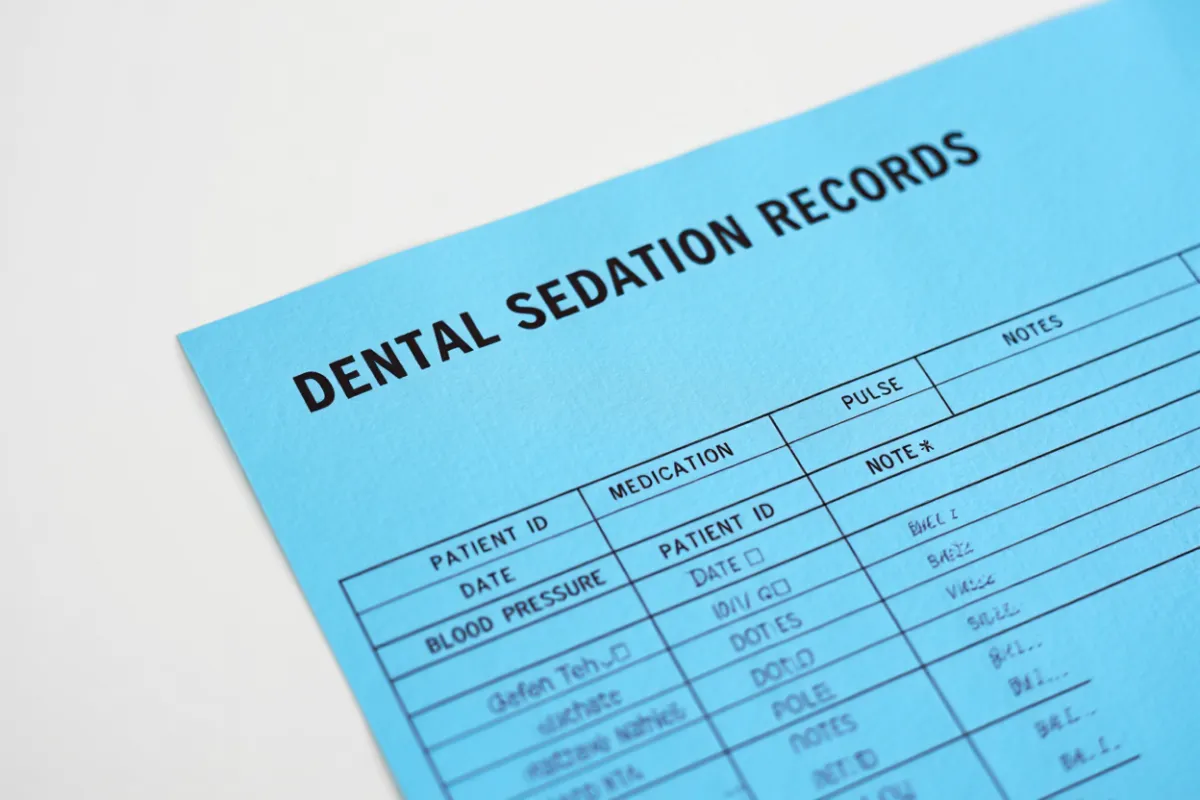
How to Standardize Sedation Visit Records Across Your Practice
Standardizing sedation visit records turns scattered notes into a single, reliable source of truth. This guide shows how to build a practice-wide template, set interval prompts, enforce required fields, and align roles so every case—from nitrous to IV—produces a complete, audit-ready record without slowing care.
Table of Contents
How to Standardize Sedation Visit Records Across Your Practice
Define the goal: one record that answers every clinical and legal question
Build the core template once and use it on every case
Use required fields and hard stops to eliminate common misses
Set interval prompts that hold up under pressure
Split responsibilities so no one is multitasking dangerously
Standardize nitrous documentation like a medication, not a checkbox
Add mg/kg ceilings and visible running totals
Pre-load smart phrases for common indications and responses
Document events and reversals with legal-quality clarity
Bake discharge criteria into the template so “ready” is objective
Train the “Recorder” position until real-time entries feel automatic
Create a one-page flow note that collapses long cases
Build a governance matrix so changes don’t create chaos
Measure quality with five simple chart metrics
Migrate from paper to digital without losing context
Keep cross-silo consistency as you expand
Sedation record variation creates risk. One provider writes times but not concentrations; another logs doses but misses running totals; a third forgets nitrous peak percentages. Standardization fixes this by defining fields, intervals, and workflows that every operatory follows. Use this blueprint to design a sedation record template, roll it out with clear roles, and measure quality so your charts are consistently complete.
Define the goal: one record that answers every clinical and legal question
A standardized record should make it obvious what was given, when, why, how the patient responded, and why discharge was safe. It should also be fast to complete during live care. Build toward that goal with a concise core template, interval prompts, and team roles that split attention wisely.
Build the core template once and use it on every case
A strong template captures the same set of details across nitrous, oral, and IV cases. Configure it once in Sedation visit record software and reuse it everywhere.
Use required fields and hard stops to eliminate common misses
Free-text fields invite omissions. Convert critical data to required picklists or structured inputs. Make “concentration (mg/mL)” a required field for every medication. Require “route” and “indication” for each dose. Block finalization if discharge criteria are incomplete. Configure these controls with Dental sedation compliance so the rules are consistent across operatories.
Set interval prompts that hold up under pressure
Intervals keep documentation honest when cases get busy. Choose a cadence and stick to it:
● Every 5 minutes for IV or higher-risk cases.
● Every 10–15 minutes for nitrous and straightforward oral cases, per policy.
● Extra entries for stimulation spikes, dose changes, alarms, and events.
Map these prompts to the live chart in IV sedation charting software so timers drive behavior and entries are time-stamped automatically.
Split responsibilities so no one is multitasking dangerously
Standardization succeeds when roles are clear:
● Sedation Lead decides the plan, titrates, and owns rescue.
● Monitor Tech places sensors, manages alarms, and calls out vitals.
● Recorder logs doses, responses, and running totals in real time with read-backs.
● Room Support manages suction, oxygen, positioning, and supplies.
If your team hasn’t formalized roles yet, adopt the playbook from Sedation workflow that scales.
Standardize nitrous documentation like a medication, not a checkbox
Gas records drift without structure. Treat nitrous as dose-over-time:
● Start time and initial concentration.
● Titration range (e.g., 20–35% N₂O).
● Peak percentage and duration at peak.
● 100% oxygen flush duration and end-of-case oxygenation.
Reinforce these habits with document sedation doses accurately.
Add mg/kg ceilings and visible running totals
A standard record shows “do not exceed” limits next to live totals. Enter weight early; display the calculated mg/kg ceiling beside each medication family. Summation should be automatic as the Recorder logs doses. This single feature prevents over-titration late in long cases.
Pre-load smart phrases for common indications and responses
Speed and clarity improve when the team selects standardized indications:
● “Pre-induction anxiolysis”
● “Titration during local anesthesia”
● “Response to stimulation spike”
● “Post-op nausea prophylaxis”
Pair each with a short response list (“calmer, purposeful response maintained”; “RR 14, SpO₂ 98%”). Smart phrases keep notes consistent and teach new hires what “good documentation” looks like.
Document events and reversals with legal-quality clarity
When something unusual happens, the record must read like a timeline:
● What you observed first (e.g., rising ETCO₂, dropping SpO₂, restlessness).
● What you did (jaw thrust, O₂ increase to 10 L/min, ondansetron 4 mg IV).
● How the patient responded, with times.
● Whether and how you used reversal agents (flumazenil/naloxone) and ongoing monitoring for re-sedation.
For structured reversal entries and examples, see 10 Best Practices for Managing Sedation Emergencies.
Bake discharge criteria into the template so “ready” is objective
End-of-case subjectivity creates liability. Require:
● Stable SpO₂/HR/BP within acceptable ranges and trending steady.
● Orientation to person, place, and time.
● Ability to ambulate with minimal assistance.
● Nausea and pain controlled; oral fluids tolerated.
● Escort present and acknowledged instructions for oral/IV.
Record final vitals and the authorizing clinician’s name in digital sedation visit records.
Train the “Recorder” position until real-time entries feel automatic
Real-time logging is a skill, not a side task. Run two-minute dose drills where the Sedation Lead calls “drug–dose–route–time,” the Recorder enters it, and the Monitor Tech announces vitals changes. Use digital sedation training to onboard new hires quickly.
Create a one-page flow note that collapses long cases
Standardize a short, time-stamped “flow note” pattern:
● 09:37 Baseline vitals x2 recorded.
● 09:42 Midazolam 1 mg IV for anxiolysis; calmer; RR 14; SpO₂ 98%. Running total 1 mg.
● 10:12 Nitrous 20–35% titrated; peak 35% from 10:18–10:36; O₂ 100% ×5 min at end.
● 10:38 Recovery vitals stable; oriented ×3; discharge criteria met.
This structure makes reviews and referrals fast because the “story” is visible at a glance.
Build a governance matrix so changes don’t create chaos
Templates drift when edits are ad hoc. Assign owners and review cadences.
Store all versions and approvals in compliance checklists for sedation so every operatory sees the latest standard.
Measure quality with five simple chart metrics
What gets measured gets maintained. Review monthly:
● Percentage of charts with complete interval vitals and discharge entries.
● Percentage with concentration recorded for every medication.
● Percentage with nitrous peak %, range, and O₂ flush captured (if applicable).
● Late-entry edits per 100 sedation visits.
● Reversal documentation completeness when reversals were used.
If a metric dips, assign a micro-module and a focused drill, then recheck next month.
Migrate from paper to digital without losing context
If you’re still on paper, map your best paper elements into a digital template, then retire the rest. Compare clarity, speed, and audit readiness in Sedate Dentistry vs. paper records and build a staged rollout with Plans & Pricing.
Keep cross-silo consistency as you expand
As you add categories like monitoring, consent, and compliance, keep your record structure stable. Link related articles from inside the template so teams can refresh quickly:
● pulse oximetry sedation dentistry
● digital consent sedation dentistry
● sedation dentistry HIPAA violations
These anchors help you cross-train without sending staff hunting through folders.
Put it all together with a 30-day rollout plan
Implementation works best with deadlines:
Week 1: Draft the core template and picklists; set intervals; define required fields.
Week 2: Pilot in two operatories; run daily five-minute debriefs; fix friction.
Week 3: Train Recorders and Monitor Techs with drills; publish smart phrases.
Week 4: Go live practice-wide; start monthly metrics; schedule the first governance review.
By day 30, your charts should look the same across providers—and you’ll feel the difference in calmer visits and cleaner audits.
Bottom line
Standardized sedation visit records protect patients, speed reviews, and make your program easier to scale. When your template, intervals, roles, and governance are clear—and your software enforces the essentials—you eliminate ambiguity without adding clicks. That’s how a practice moves from “everyone does it differently” to “we do it right every time.”
Next Steps
Book a Free Demo to see how Sedate Dentistry’s Digital Sedation Visit Records Software can streamline and replace paper sedation visit records—saving time, money, and increasing compliance while reducing liability and improving the quality of patient records.
Ready to modernize your sedation documentation? Book a Free Demo

Stay Ahead of the Curve
Benefits of Following Our Blog
Learn compliance best practices.
Discover new sedation software features.
Get expert tips for improving patient care.
See how practices are switching from paper or competitors like Xchart.

Learn More About Sedate Dentistry?
Request a software demo today. See how we can digitalize your sedation visit records.
Simple Pricing, No Hidden Fees
No limits on Procedures or Patients (additional fees for additional offices and dentists)
Testimonials
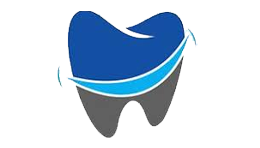
SmileRight Dentistry
Here's Sedate Dentistry Software in a nutshell. Time Saver. Money Saver. Easy to use. Amazing support. End of story.
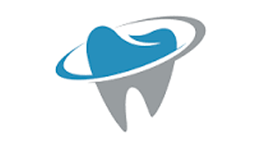
DentalClean
We learned about Sedate Dentistry from one of their other sister companies Edental. We switched from Xchart and this app works great.
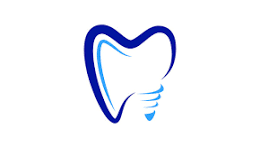
Metro Dentistry
The team at Sedate Dentistry has been amazing, especially Josh who helped integrate into our Edan X10. Much better than Xchart and a fraction of the price.
Contact Us
Contact Us
3165 West 4700 South, Suite A, Taylorsville Utah 84129



















